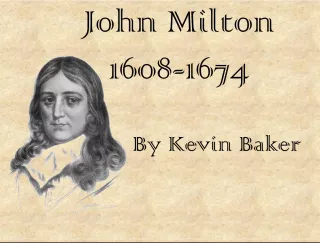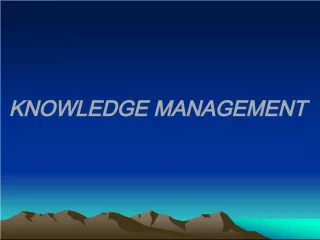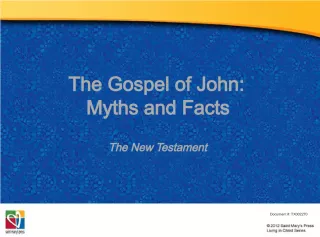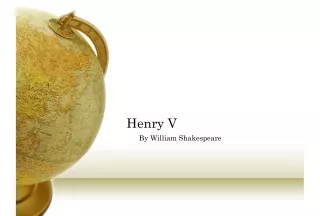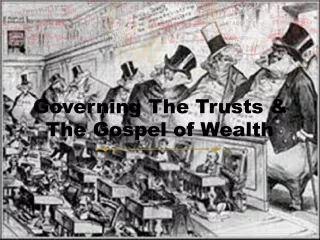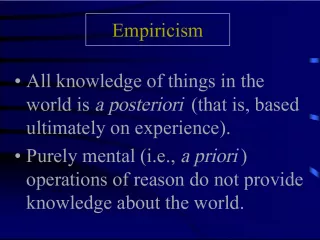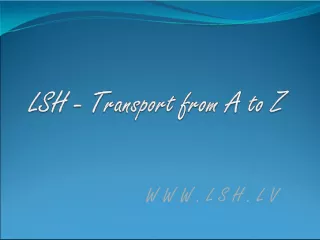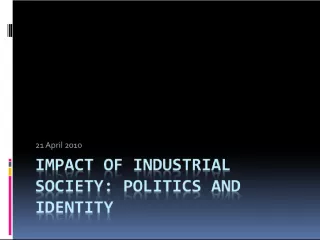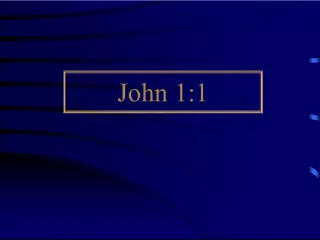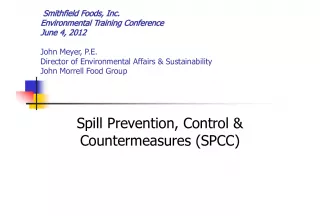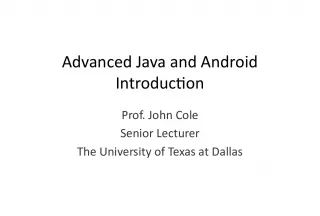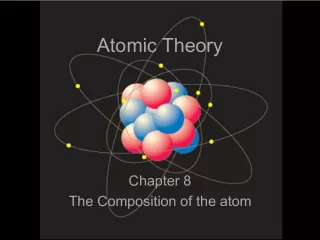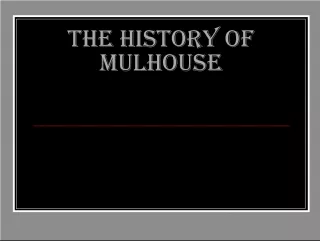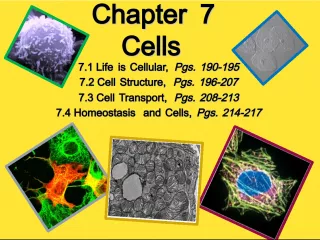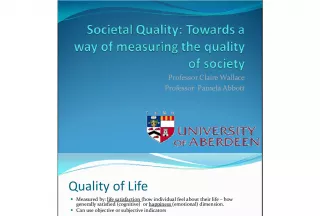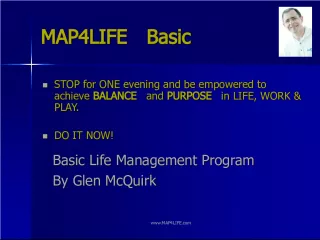The Life and Ideas of John Stuart Mill


This article explores the life of John Stuart Mill, including his education by his father and his work for the East India Company. It also examines his major works, such as A System of Logic and On Liberty, and how his intellectual influences shaped his philosophical ideas.
- Uploaded on | 0 Views
-
 micahwest
micahwest
About The Life and Ideas of John Stuart Mill
PowerPoint presentation about 'The Life and Ideas of John Stuart Mill'. This presentation describes the topic on This article explores the life of John Stuart Mill, including his education by his father and his work for the East India Company. It also examines his major works, such as A System of Logic and On Liberty, and how his intellectual influences shaped his philosophical ideas.. The key topics included in this slideshow are John Stuart Mill, education, East India Company, utilitarianism, philosophy,. Download this presentation absolutely free.
Presentation Transcript
1. John Stuart Mill 1806-1873 Biographical Details Education by his father James Mill in Greek, Latin, geometry, algebra, logic and political economy (age 3-13) Worked for the East India Company 1823-1858 Edited Benthams papers 1821-24 A System of Logic 1843 Principles of Political Economy 1848 On Liberty 1859 Utilitarianism 1863 The Subjection of Women 1869
2. John Stuart Mill Intellectual Influences Utilitarian Philosophy Ricardian Economics influence of romantic ideals cultivation of internal culture Later influence of Harriet Taylor Arrived at a modified utilitarianism that made provision for cultivation of higher feelings and more egalitarian social arrangements
3. Principles of Political Economy Sections on production, distribution, exchange, progress and government Basic analytical model is Ricardian but with more elaboration and breadth and more Smithian in method Basic distinction between laws of production and laws of distributionmore egalitarian social arrangements
4. Production-Labour Agents of ProductionLabour, Capital, and Land Labour Distinction between direct and indirect labour Indirect labour includes production of raw materials, tools, buildings, transportation, and skill and knowledge (human capital) Productive and unproductive labour Productive labour produces wealth (tangible goods or human capital) Unproductive labour produces services that cannot be accumulated
5. Production-Capital Capital Accumulated stock from the products of labour applied previously (indirect labour) Buildings, machinery, stocks of raw materials, stocks of finished goods, stocks of money or goods for the support of labour Stocks of goods or money for the employers own consumption are not a part of capital
6. Production-Capital Fundamental Propositions concerning capital Industry is limited by capital Capital is the result of saving Although the result of saving it is consumed -- spent on fixed capital or used to support labour The demand for labour is the capital expended on it (the wage fund) and not the demand for commodities Circulating and fixed capital Introduction of machinery
7. Productivity of Factors Natural Advantages of Soil and climate Skill and knowledge, including machinery Division of labor Scale of production Increasing returns to scale Take division of labour further Use more specialized machinery Possibility of natural monopoly Use of joint-stock companies
8. Laws of Increase-Labour Labour Power of population to increase is indefinite Constrained by lack of subsistence Or constrained by foresight, by fear of want Subsistence level at which population remains constant is a habitual standard Habitual standard might be raised with progress of civilization
9. Laws of Increase-Capital and Land Capital Increased by saving and thrift Depends not just on interest rate but on the effective desire of accumulation Where the effective desire is high have capital accumulation even at low interest rates Land Law of increase of production from land Diminishing returns the universal law of agricultural industry
10. Consequences of the Laws of Production Constraints on the increase of production Capital accumulation Diminishing returns in Agriculture Condition of the people will depend on whether population is increasing faster than progress of improvement or improvement than population If population increasing faster can import food or encourage emigration of population
11. Distribution Laws of Distribution are of human institution In this respect the laws of property are of prime importance Private property did not owe its existence to calculations of utility Do considerations of utility lead to private property or to some scheme of common ownership and collective agency? Alternatives to individual ownership are systems of complete equality or systems that rely on some principle of just distribution
12. Distribution Complete equalityRobert Owen, Communism Principle of just distributionSt. Simonism, Fourierism, Socialism Communist Schemes Problem of lack of individual incentive, but problem of incentives also exists for hired labour Lack of constraint on population growth, but public opinion would oppose self indulgence at the expense of the community Problem of allocation of occupations, difficult but not insuperable
13. Distribution Communist Schemes If the choice was between communism and the existing system (in which income is apportioned almost in an inverse ratio to labour), then choose communism But system of private property does not have to be as it is Private property is in principle supposed to provide one with the fruits of ones own effortsnot of the efforts of others With universal education and limitation on numbers poverty could be eliminated from a system of private property
14. Distribution Communist Schemes Ultimate issue may be one of individual freedom and diversity of opinion that are the mainspring of mental and moral progress Socialist Schemes Free from the usual objections to communism involving incentives Problem of deciding on distribution, has to be by authority Possibility of experiments with such schemes Later Chapters on Socialism (1879)
15. Distribution System of private property likely to continue Improvements to the existing system Limitation of inheritance Limitation of right of property in land. State may expropriate land if it pays compensation No property rights in other personsno slavery No basis for exclusive monopoly rights or property rights in public trusts Tenancy laws
16. Wages Wage Fund Doctrine Wage rate determined by capital and population Subsistence wage a sociological or moral minimum not a physiological minimum Role of education and advance of civilization Role of emigration and of colonies Different Employments Non-competing groups
17. Mills Recantation of the Wage Fund In a Review of an article by W. T. Thornton On Labour 1869 Size of wage fund not pre-determined Wage fund continually being advanced and replaced Wage fund could be increased by Capitalists taking less profit According to the wages he has to pay, the employer has more or less for his own use Provides a role for trade unions Mill retained the wage fund doctrine in later editions of the Principles , but Mills recantation is seen as the beginning of the end of the wage fund doctrine
18. Rent and Profit Rent Ricardian rent theory Profit Profit a reward for abstinence, as saving involves abstaining from current consumption
19. Exchange Market Price Demand and supply Natural Price Cost of production (wages and profit, but not including rent which is an intra-marginal surplus) Cost of production of the most costly portion of the supply Cases where cost of production does not apply Resort to demand and supply Joint products International exchange
20. Progress Progresscapital accumulation and technological change Costs of production in manufacturing tend to fall Costs of production in agriculture tend to rise due to diminishing returns Relative price of food must rise Ricardian model of long run trend to a stationary state Mitigated but not avoided by technological improvement in agriculture Stationary state not necessarily a bad thing
21. Government Necessary Functions Protection of person and property Justice system Optional Functions Public goods Education and information Protection of children Health and safety standards Regulation of natural monopoly Poor relief Colonies Presumption of laissez-faire but intervention if a social benefit can be demonstrated (based on utility)
